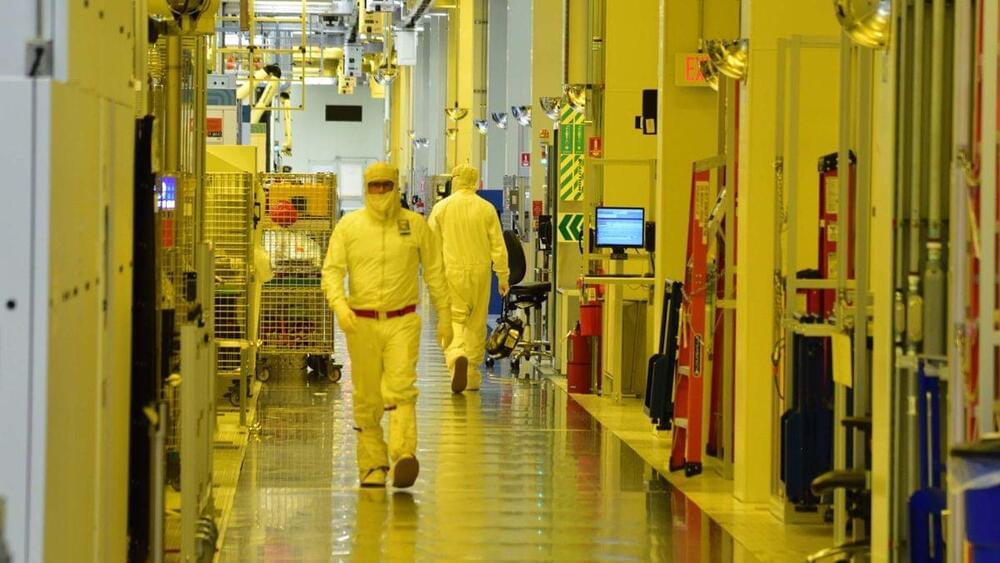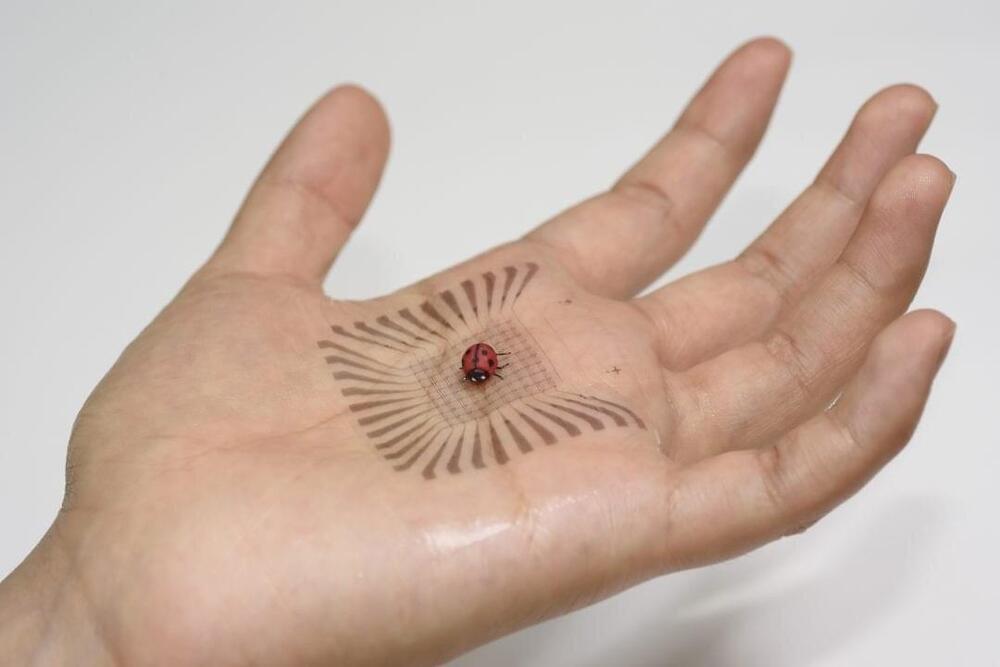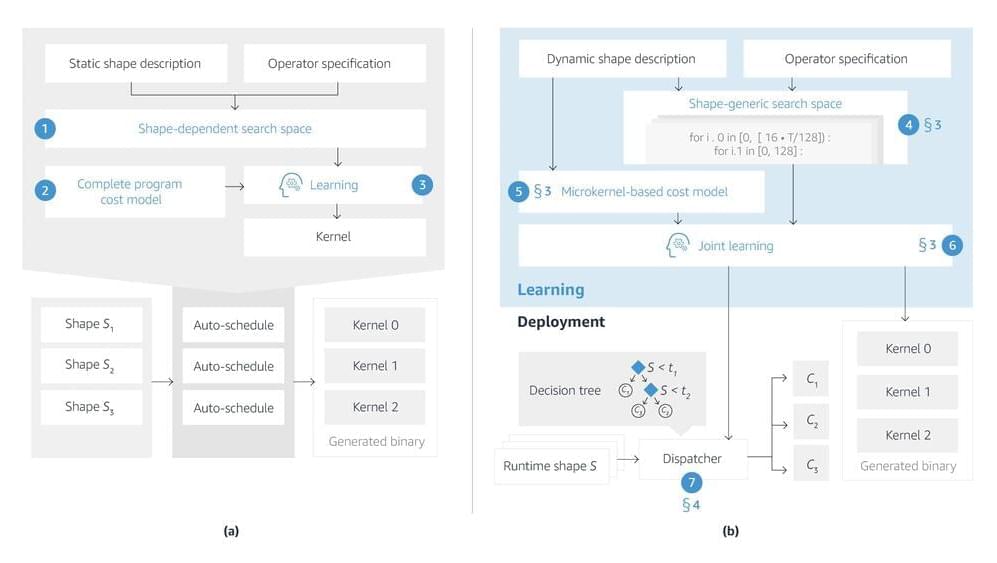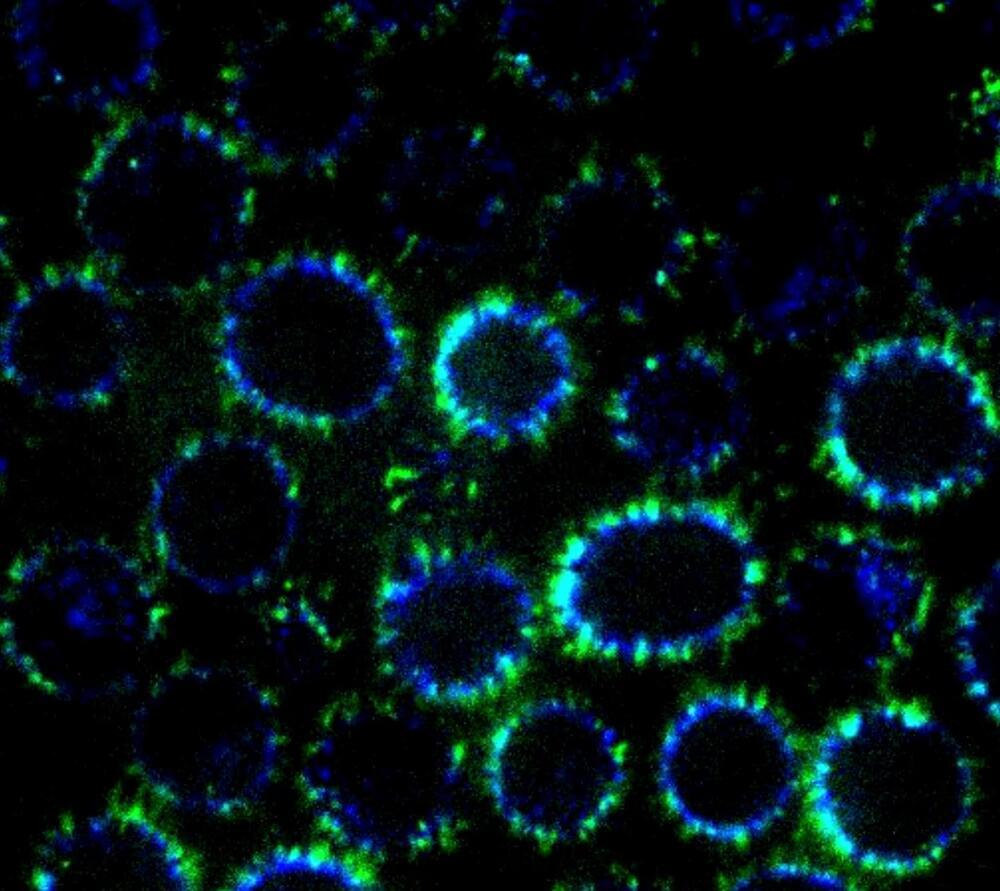
Ageing, defined as the decline in survival probability and fecundity with advancing adult age, is often viewed as the evolutionary outcome of the declining force of natural selection at older age (17 ; 22). Ageing can be due to the accumulation of late acting deleterious mutations (17 ; 12 ; 4), and/or due to pleiotropy, as the result of constrained life-history optimization (36 ; 4 ; 22 ; 38). For instance, increased allocation of limited resources to reproduction can be an important cause of senescence and later mortality (17 ; 35 ; 14 ; 15 ; 31). Most of the evidence for this phenomenon comes from experiments showing the deleterious consequences of an increase in reproductive effort on life span (21 ; 32 ; 3 ; 10 ; 24 ; 28). Artificial selection on age at reproduction showed the reverse effect that selection regime favouring individuals that retained fecundity at a later age resulted in populations with increased life spans (7 ; 39 ; 22). Data for higher organisms, e.g. mammals, have until now been mostly lacking.
The hypothesis that investment in reproduction reduces the resources available for somatic maintenance has recently been tested in Homo sapiens by 33 ). Using 1,200 years of genealogical data on British aristocracy, they showed that the number of progeny was small for women who died at an early age, increased with the age of death, reached a plateau through the sixth, seventh and eighth decades of life, and was lower again for women who died at an age of 80 years or over. This relationship supported the expectation that heavy investments in reproduction diverts resources away from the maintenance and repair of cells, with ageing and earlier death as results (33). For unknown reasons, the authors found a virtually identical pattern among men.
As manipulative experiments on humans are unethical, the statistical search for congruent patterns offers an alternative to understand variation in life-history parameters among human populations. Fortunately, there are considerable statistics on humans and their activities, and other ways of detecting similar patterns and of testing relevant hypotheses are possible. The aim of the present paper is to assess the generality of this trade-off among humans. We test whether the variation of life-history parameters found in the study of British aristocrats is also present across different human populations worldwide. After controlling longevity and fecundity for possible effects exerted by historical, spatial, economical and population patterns, we determined the relationship between longevity and fecundity, using data from 153 countries located all over the world.


















